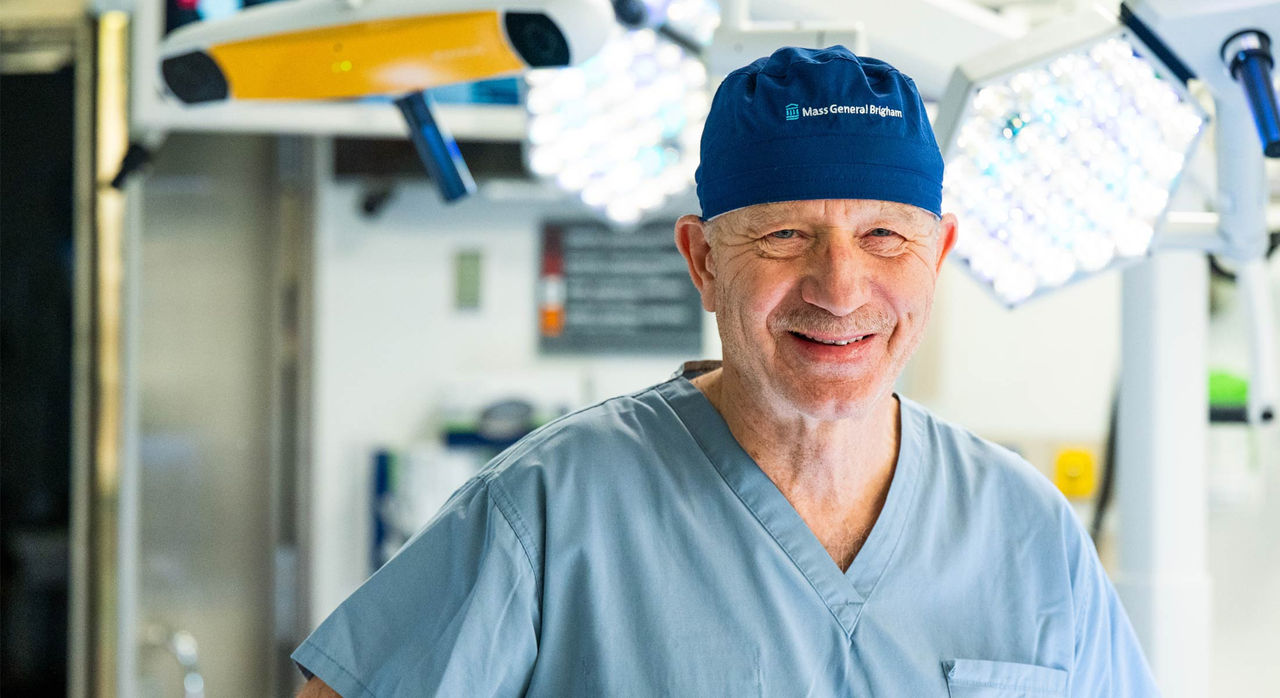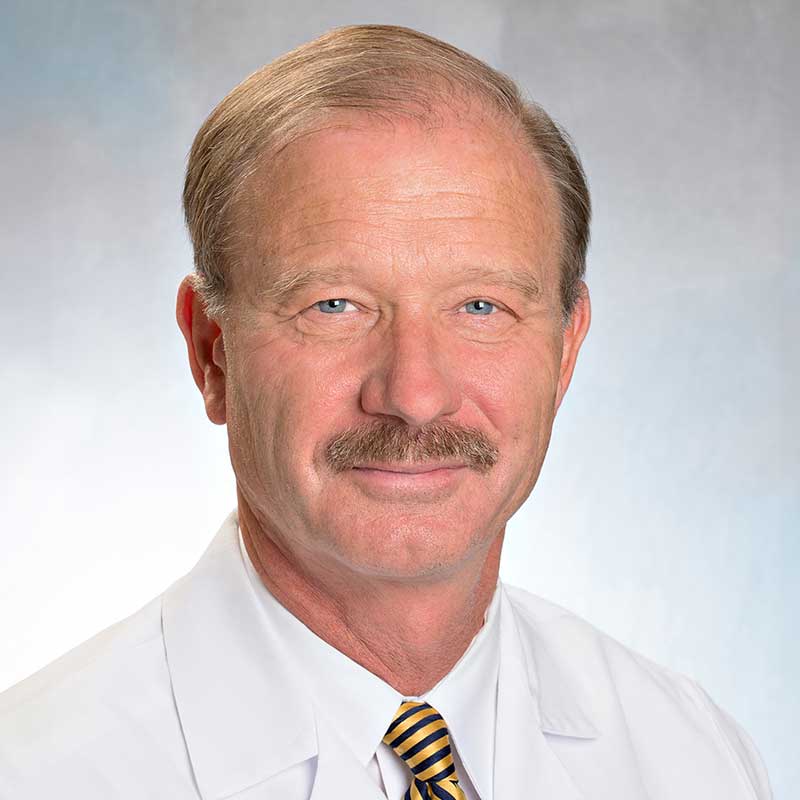-
- Find Care
-
- Visitor Information
- Find a Location
- Shuttles
- Visitor Policies
-
-
- Our Virtual Care Options
- Virtual Urgent Care
- Virtual Visits for Primary & Specialty Care
- Online Second Opinions
- Participate in Research
-
- Contact us
-
- For Innovators
- Commercialization Guide for Innovators
-
-
- Research News
- Alzheimer's Disease
- Artificial Intelligence
-
- Overview
-
- Overview
- Getting Started
- New to Mass General Brigham
- International Patient Services
- What Is Patient Gateway?
- Planning Your Visit
- Find a Doctor (opens link in new tab)
- Appointments
- Patient Resources
- Health & Wellness
- Flu, COVID-19, & RSV
- Billing & Insurance
- Financial Assistance
- Medicare and MassHealth ACOs
- Participate in Research
- Educational Resources
- Visitor Information
- Find a Location
- Shuttles
- Visitor Policies
- Find Care
-
- Overview
- Our Virtual Care Options
- Virtual Urgent Care
- Virtual Visits for Primary & Specialty Care
- Online Second Opinions
-
- Overview
- Participate in Research
-
- Overview
- About Innovation
- About
- Team
- News
- For Industry
- Venture Capital and Investments
- World Medical Innovation Forum (opens link in new tab)
- Featured Licensing Opportunities
- For Innovators
- Commercialization Guide for Innovators
- Contact us
-
- Overview
- Information for Researchers
- Compliance Office
- Research Cores
- Clinical Trials
- Advisory Services
- Featured Research
- Two Centuries of Breakthroughs
- Advances in Motion (opens link in new tab)
- Brigham on a Mission (opens link in new tab)
- Gene and Cell Therapy Institute
- Research News
- Alzheimer's Disease
- Artificial Intelligence
-
- Overview
-
- Overview
- Residency & fellowship programs
- Brigham and Women's Hospital
- Massachusetts General Hospital
- Mass Eye and Ear
- Newton-Wellesley Hospital
- Salem Hospital
- Integrated Mass General Brigham Programs
- Centers of Expertise
- Global & Community Health
- Health Policy & Management
- Healthcare Quality & Patient Safey
- Medical Education
- For trainees
- Prospective trainees
- Incoming trainees
- Current trainees
- Continuing Professional Development
Focused Ultrasound for Essential Tremor: Is It Right for You?

Essential tremor is a common movement disorder that causes involuntary and uncontrollable shaking of the limbs. Symptoms typically appear in the dominant hand but can also affect the head, voice, and legs. The tremor doesn’t happen at rest—it only occurs when you try to use your hands.
There are a few essential tremor treatment options, including a newer procedure known as focused ultrasound.
Mass General Brigham neurosurgeon Rees Cosgrove, MD, FRCSC, director of functional neurosurgery and the neurosurgical residency program at Brigham and Women’s Hospital, explains what focused ultrasound for essential tremor involves and who is a good candidate.
Treatment for essential tremor
Not everyone with essential tremor needs treatment. “Treatment isn’t necessary unless the tremor gets bad enough that it begins to interfere with daily functions,” says Dr. Cosgrove. For example, you’re no longer able to write, drink from a cup, or use a knife and fork. Your doctor may recommend treatment if the tremor reaches that point.
The first-line treatment for essential tremor is usually medication. Your doctor likely starts by prescribing propranolol (a beta-blocker medicine that slows heart rate and improves tremors) or primidone (an anti-seizure medicine). But some people stop responding to medications or are unable to take them due to side effects. In that case, you may be a candidate for surgery.
“Deep brain stimulation (DBS) is considered the gold standard,” Dr. Cosgrove says. With DBS, a surgeon places electrodes in the brain and a pacemaker-like device under the skin near the collarbone. The electrodes deliver an electrical current into the part of the brain to regulate the activity that causes tremors.
DBS surgery is an inpatient procedure where a surgeon drills small holes in the skull and makes incisions in the skin on the head and chest. This increases the risk of infection and bleeding. In addition, the procedure requires general anesthesia, which can be risky for some people.
What is focused ultrasound for essential tremor?
Focused ultrasound is a newer treatment for essential tremor that may be a better option for some patients. Also known as MRI-guided focused ultrasound, it’s an outpatient procedure approved in 2016 by the U.S. Food and Drug Administration (FDA).
Focused ultrasound directs hundreds of tiny sound waves to a specific area of the brain. These highly focused sound waves produce heat to destroy the brain tissue that causes tremors.
The procedure requires providers to shave your head and place a special frame that fixes your head in place while you lie on the MRI table. After taking MRI scans of the brain, the surgeon makes small lesions in the target area of the brain. The actual treatments are very short—about 15 to 20 seconds.
Benefits of focused ultrasound for essential tremor
“Focused ultrasound is brain surgery without an incision, anesthesia, and without opening up the scalp or drilling a hole in the skull,” Dr. Cosgrove says. This lack of incision means it doesn’t have any of the risks typical of other surgeries, such as bleeding and infection.
Surgeons perform focused ultrasound as an outpatient procedure. It generally takes 2 to 3 hours. After spending time in the recovery area, you can go home the same day. And while you’re awake during the surgery, you won’t feel any pain. During the actual treatments, patients may feel some heat, headache, or, sometimes, a spinning sensation.
Another perk of focused ultrasound is that the results are immediate. “This is the operation that makes grown men cry,” Dr. Cosgrove says. “They’re so emotional and they can’t believe that their hand, which has been shaking for years, isn’t shaking anymore.”
Most patients see significant and lasting improvements in tremors after focused ultrasound. One study found that patients experienced a 73% reduction that lasted at least 5 years after surgery. These results are similar to DBS, which has been shown to reduce essential tremors by more than 60%.
The downside to focused ultrasound is that surgeons can only do one side of the brain at a time. People with tremors on both sides of their bodies have to wait at least 9 months before getting the procedure on the other side.
Focused ultrasound risks and side effects
Focused ultrasound may be “no-touch brain surgery,” but it’s still brain surgery, Dr. Cosgrove says. So, it can be risky if performed by someone without the proper experience. “It should be performed by a neurosurgeon—preferably a functional neurosurgeon,” Dr. Cosgrove says.
Research shows that the side effects are mild and generally temporary. “The most common side effect that people complain about is being off-balance,” Dr. Cosgrove says. That side effect tends to last a few weeks or months but slowly improves over time.
The second most common side effect is altered sensation in the fingers or lips. Again, that side effect doesn’t last long.
Dr. Cosgrove and his colleagues are researching ways to make focused ultrasound even safer and more effective. In a recent study, they found a “sweet spot” in the brain to target with focused ultrasound, which gave patients more relief from essential tremors and reduced side effects from the treatment.
Who is a good candidate for focused ultrasound?
Dr. Cosgrove says you may be a good candidate for focused ultrasound if you:
- Are 70 years or older
- Aren’t responding to medications
- Can’t take medications due to side effects
- Don’t like the idea of having a medical device put in your brain
- Have a medical condition that makes general anesthesia unsafe
Talk to your health care provider about whether focused ultrasound is the right treatment for your essential tremor.
